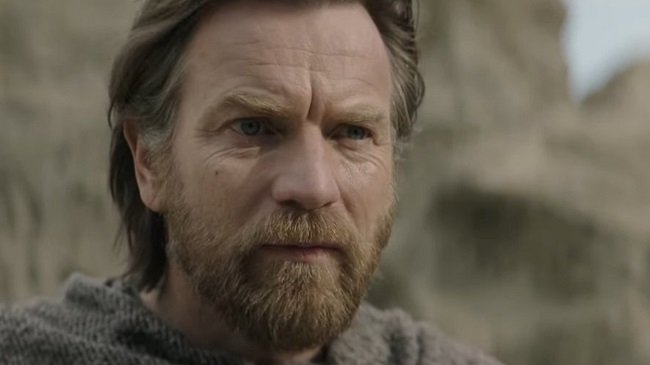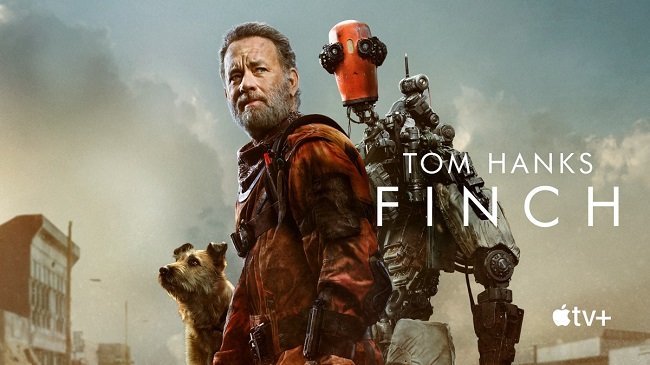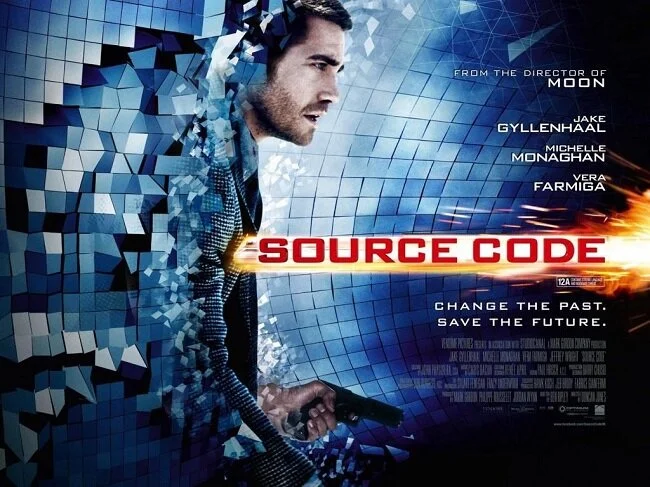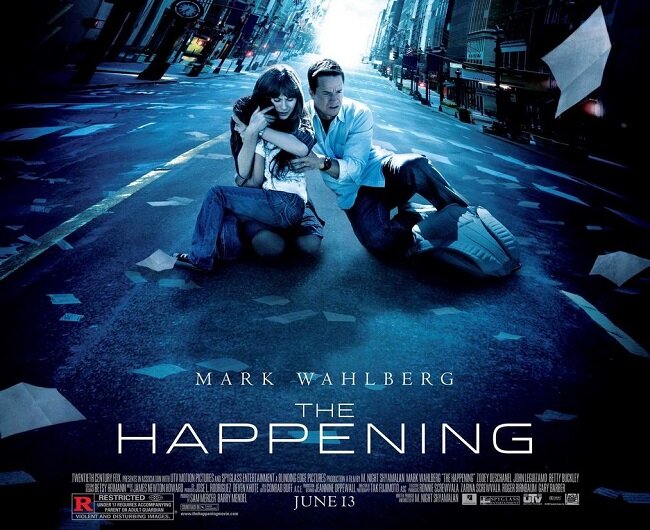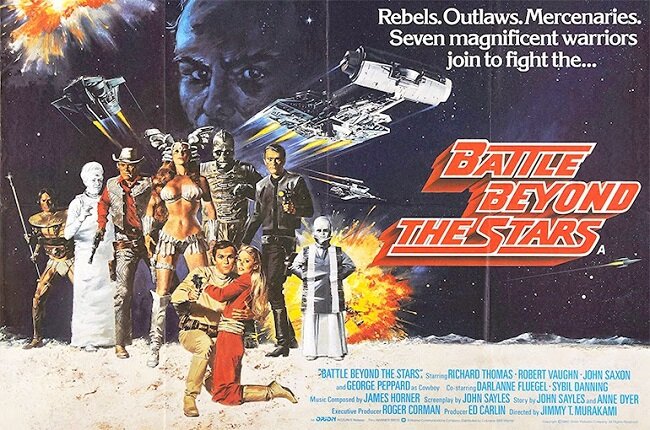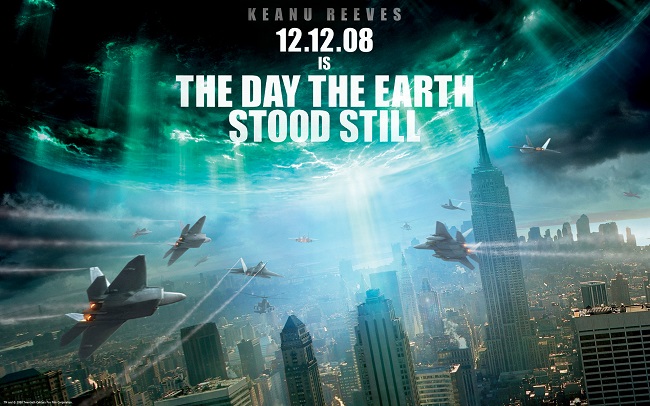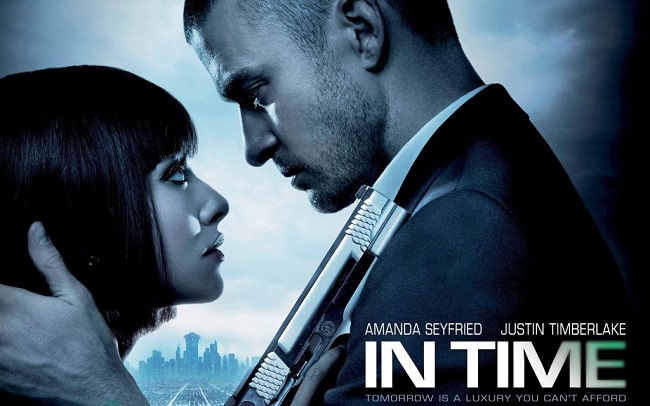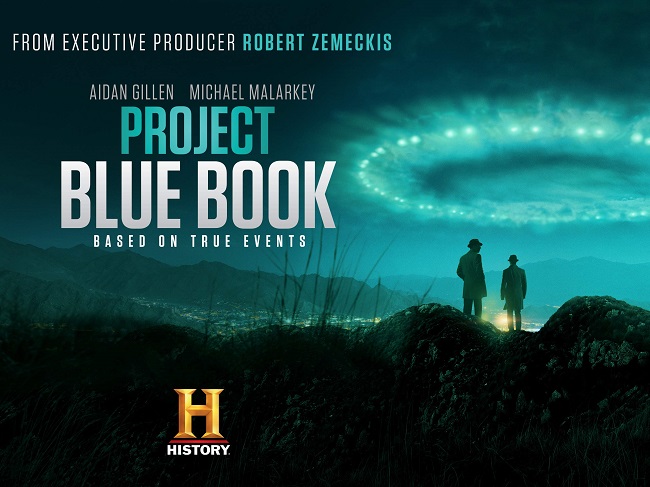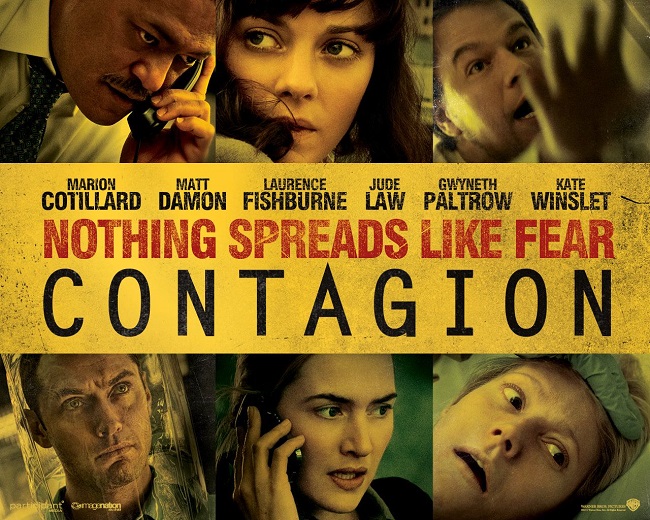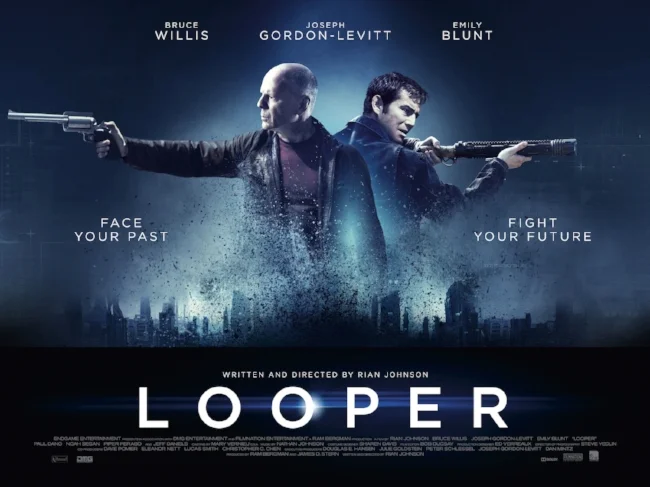Ready Player One (2018)
Where do I start with Ready Player One? Like so many contemporary blockbuster movies, beneath the hype, excess of visual effects and general self-indulgence of the production team, there are several good ideas and themes marbling the central premise of the film. Sadly, these are neglected in favour of numerous frenetic set pieces and a plethora of pop culture references. Although Ready Player One is essentially based upon a fan service novel, for it to fully succeed as a movie, it needed to temper such elements by focusing on the drama of it’s dystopian future and the plight of it’s central protagonists. Stephen Spielberg however, has not achieved this and the film is tonally inconsistent, light on character development and a little too pleased with itself with regard to its homages and tributes. The latter is a real stumbling block as it is, in many ways the selling point of the film. Yet by becoming the central conceit at the expense of everything else, turns what could have been a clever and relevant piece of film making into a very expensive cinematic version of “Now That’s What I Call Music”.
Let me address what I felt were the films inherent weakness. Firstly, there’s the rapidly edited action scenes, filled with vivid CGI and fluid camera movements. Modern visual effects have fallen victim to a form of conformity. They are bombastic, frenetic and frankly disorientating. The sheer quantity of audio and visual data to assimilate is overwhelming, headache inducing and fast becoming tedious. The “everything including the kitchen sink” approach is often done simply because it can be done, irrespective of whether is serves any wider purpose. Ready Player One has several keys scenes that fall into this category. I defy anyone to claim they absorbed everything on first viewing. Perhaps that’s the entire point. To encourage a second viewing or hours of analysis at home, watching the Blu-ray release on frame advance. Well sorry Hollywood, but I’m a firm believer in less is more and I’m so over visual FX show-reels masquerading as narrative cinema.
Secondly, the continuous stream of pop culture references as I mention earlier becomes a distraction. Some of the more obvious ones are relevant to the narrative and some of the obscure ones can certainly raise a wry smile. But other have no purpose other than to tick a box with certain demographic and please them. Essentially the problem here is knowing not to over egg something and flog a dead horse. If you want an example of when cameos, references and homages work well, then watch Who Framed Roger Rabbit, Dead Men Don’t Wear Plaid or even The Last Action Hero. Again, I suspect that this problem stems from the fact that this is a Steven Spielberg movie. Everyone in the chain of command assumes he knows his stuff and no one wants to be the person who says “no” to a film maker of his stature. Yet from what I’ve read he’s not a martinet and may even appreciate the occasional verbal check and balance.
Thirdly, contained within this very standard story of a dystopian future where people flee the reality to find meaning in a virtual world, there are some good ideas. Material that the writers should have got their teeth stuck into. If these had been developed more and featured more prominently in the proceedings then this could have been a far more impactful piece of cinema. For example, there is a minor scene where OASIS creators James "Anorak" Halliday (Mark Rylance) and Ogden Morrow (Simon Pegg), briefly disagree about the handling of their virtual world. Morrow postulates the need from rules and consequences. This mutual “Robert Oppenheimer moment” could have been so much more. Then there’s the characters of Sho (Philip Zhao) and Daito (Win Morisaki) who despite playing pivotal roles in the proceedings have precious little back story. The screenplay also veers from a very comic tone at times to something far bleaker. One moment we have a bounty hunter with a bag full of pithy quips, the next we have indentured slaves working till they die in what is effectively a high-tech debtors prison.
Because of these weaknesses Ready Player One fails to be the movie that it could be and misses its potential to be both a blockbuster and a movie of substance (something Spielberg has achieved with his earlier work). However, because of the director’s pedigree it is still has value if you’re prepared to simply take it as populist entertainment and nothing more. Certainly, younger viewers may revel in the some of the more contemporary video games references, tropes and memes. I must admit I laughed out loud at a business proposal to sell off to advertising “80% of an individual’s visual field before inducing seizures”. The film also benefits from quite a streamlined running time and unlike other tentpole movies of this kind, it doesn’t drag. The technology depicted is also quite grounded and thus helps the story tread that fine line between the audience maintaining their sense of disbelief and jumping the shark. For older viewers, there’s also a lot of solid eighties songs that intelligently embellish the production design and aesthetic of the film.
I came away from watching Ready Player One with some disappointment, but I was not surprised that it played out this way. When you invest $175 million into a project that is built upon concepts of nostalgia and geek culture, everyone involved is going to be adding fuel to the fire to ensure that the basic remit is met. In the rush to do so nuance and subtlety are quickly and possibly unintentionally side lined. I’m not a big one for glib distillations but I wrote in my notes as the credits rolled on Ready Player One, “Willy Wonka meets Tron, with pop culture references and a shit load of licensing costs”. I also reflected upon Yogi’s Gang which I remember from my childhood in the early seventies. It was a show that featured all your favourite Hanna-Barbera cartoon characters. On paper this was Hog Heaven for a kid, but the reality was the show often favoured certain characters or was just bogged down in showcasing everyone. There’s an element of that in Ready Player One and it’s cavalcade of in-jokes and references. If you can accept this flaw, then the fan service bias of the film won’t be an obstacle.



